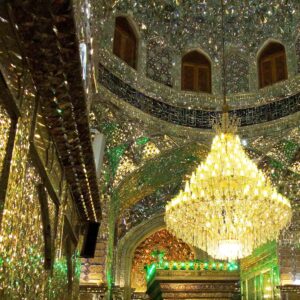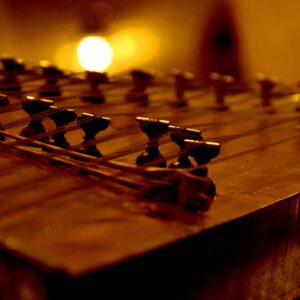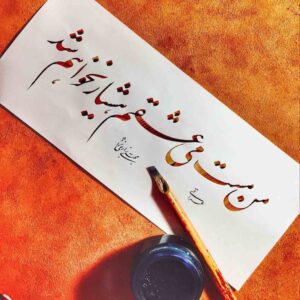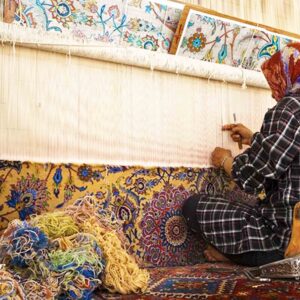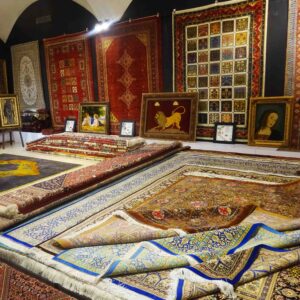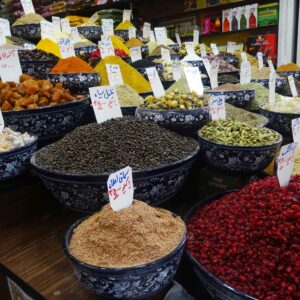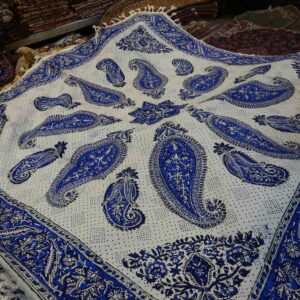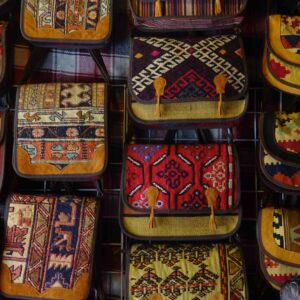
The land of variety
Capital: Tehran
Population:85 millions
Area: 1,648,195.00 km2
Major ethnicity: Persian
Major language: Farsi
Major religion: Islam (Shia)
Currency: Iranian Rial (Rls.)
Population:85 millions
Area: 1,648,195.00 km2
Major ethnicity: Persian
Major language: Farsi
Major religion: Islam (Shia)
Currency: Iranian Rial (Rls.)
Neighboring countries: Turkey, Azerbaijan, Armenia, Iraq, Pakistan, Afghanistan, Turkmenistan
Number of provinces: 31
Location: Middle East
UNESCO Heritage Site:26
Time zone: UTC +3:30
Tallest Peak: Damavand (5,671m)
Number of provinces: 31
Location: Middle East
UNESCO Heritage Site:26
Time zone: UTC +3:30
Tallest Peak: Damavand (5,671m)
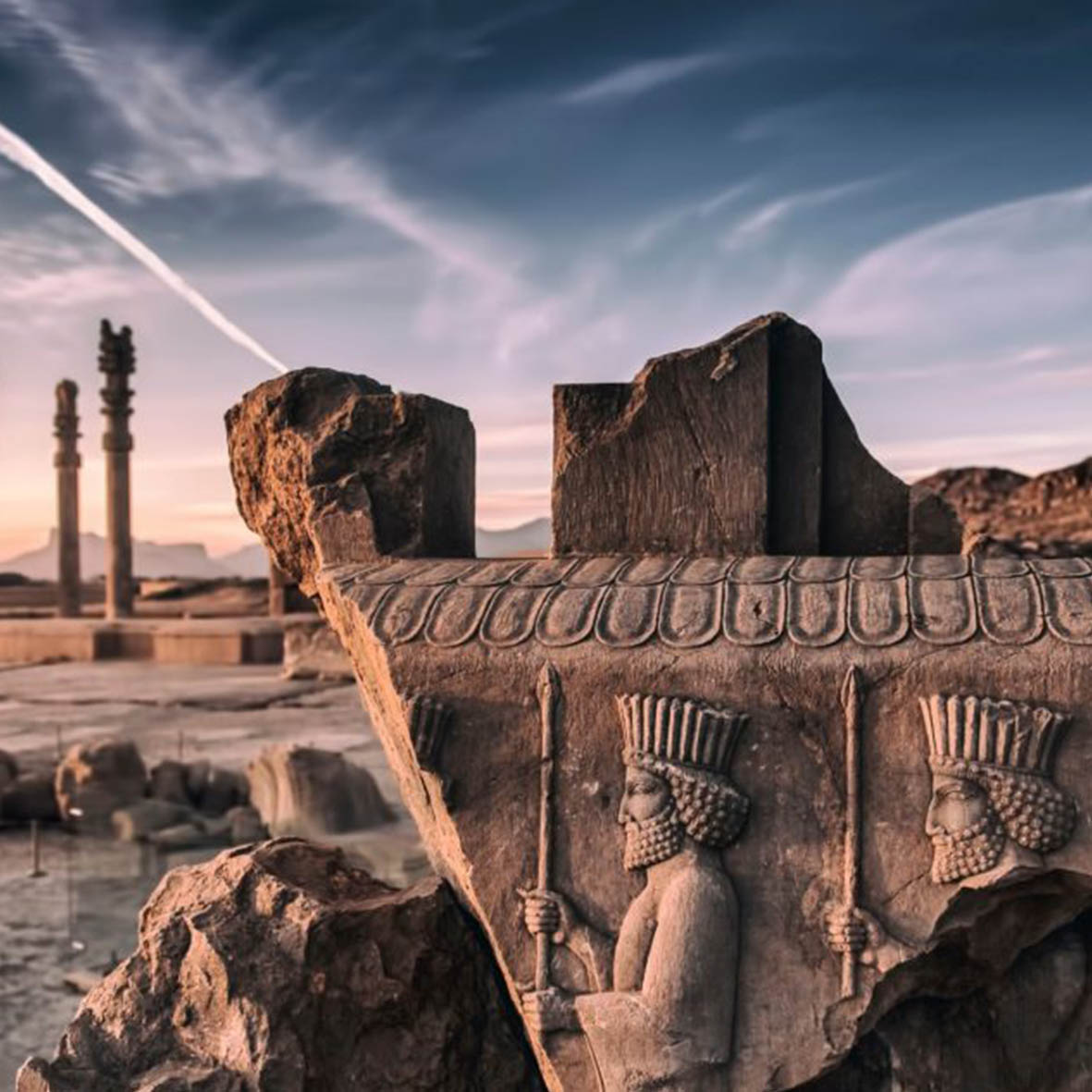
Iran's History
History
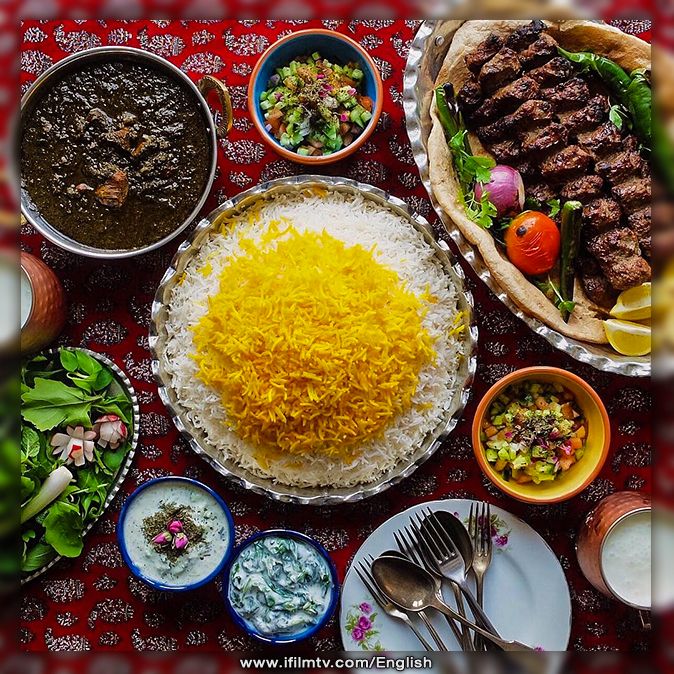
Persian Cuisine
Persian Cuisine
Persian food has a lot to say to those who are looking for a refine taste and an aromatic smell, because there is a long history, experience and thought behind it that makes it unfeigned. Iranian culture is mixed with its food. The most outstanding thing about the Persian food is that it is very refine and aromatic and the way it is prepared is thoughtful. For instance, the very unique characteristic of the most of the Persian food and desert is using saffron that makes it very unique. Polo which is rice but cooked in a different way from oriental countries is a popular part of that. Khoresh which means stew makes a big category of Persian food, the Kebabs specially lamb kebabs leave you speechless.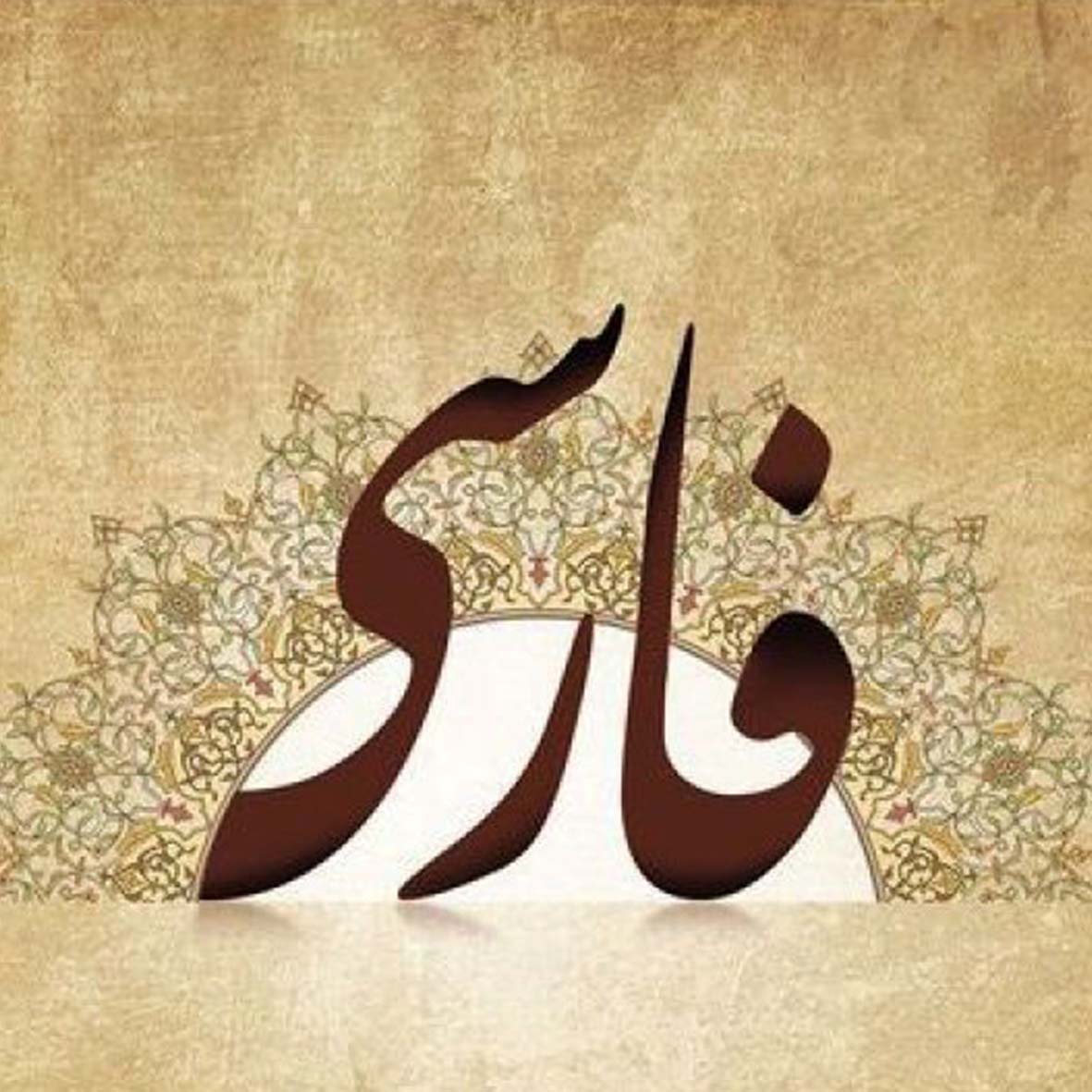
Language
Language
Persian language or Farsi, member of the Iranian branch of the Indo-Iranian language (is also spoken in Afghanistan and Tajikistan, although they have their own dialects) is the official language of Iran. Two varieties of Persian known as Dari and Tajik are official languages in Afghanistan and Tajikistan, respectively. They all can understand each other. Modern Persian is most closely related to Middle and Old Persian, former languages of the region of Persia (Fars) in southwestern Iran. It is written in Arabic characters but is completely intelligible to Arabic.History of Farsi language: Old Persian, spoken until approximately the 3rd century BCE, is attested by numerous inscriptions written in cuneiform, most notable of which is the great monument of Darius I at Bistun and Persepolis, Iran. The inscriptions there were generally trilingual—in Old Persian, Elamite, and Babylonian. Middle Persian, spoken from the 3rd century BCE to the 9th century CE, is represented by numerous epigraphic texts of Sassanid kings, written in Aramaic script; there is also a varied literature in Middle Persian embracing both the Zoroastrian and the Manichaean religious traditions. Pahlavi was the name of the official Middle Persian language of the Sassanid empire. Modern Persian grammar is in many ways much simpler than the Old and the Middle Persian, having lost most of the inflectional systems of the older varieties of Persian. Other than markers to indicate that nouns and pronouns are direct objects, Modern Persian has no system of case inflections.
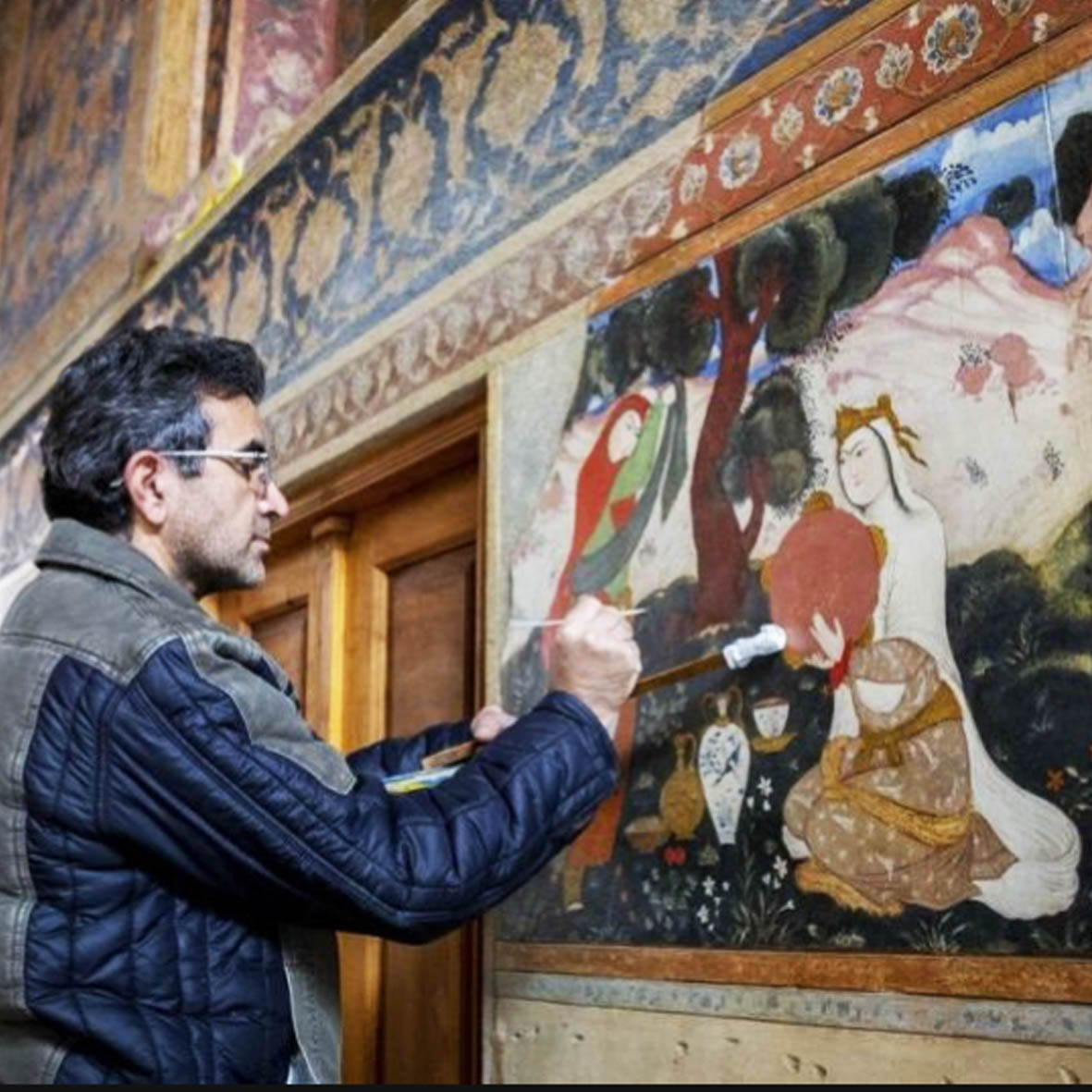
Persian Art
Art
- Mirror work
- Persian Music
- Persian Calligraphy
- Carpet Weaving
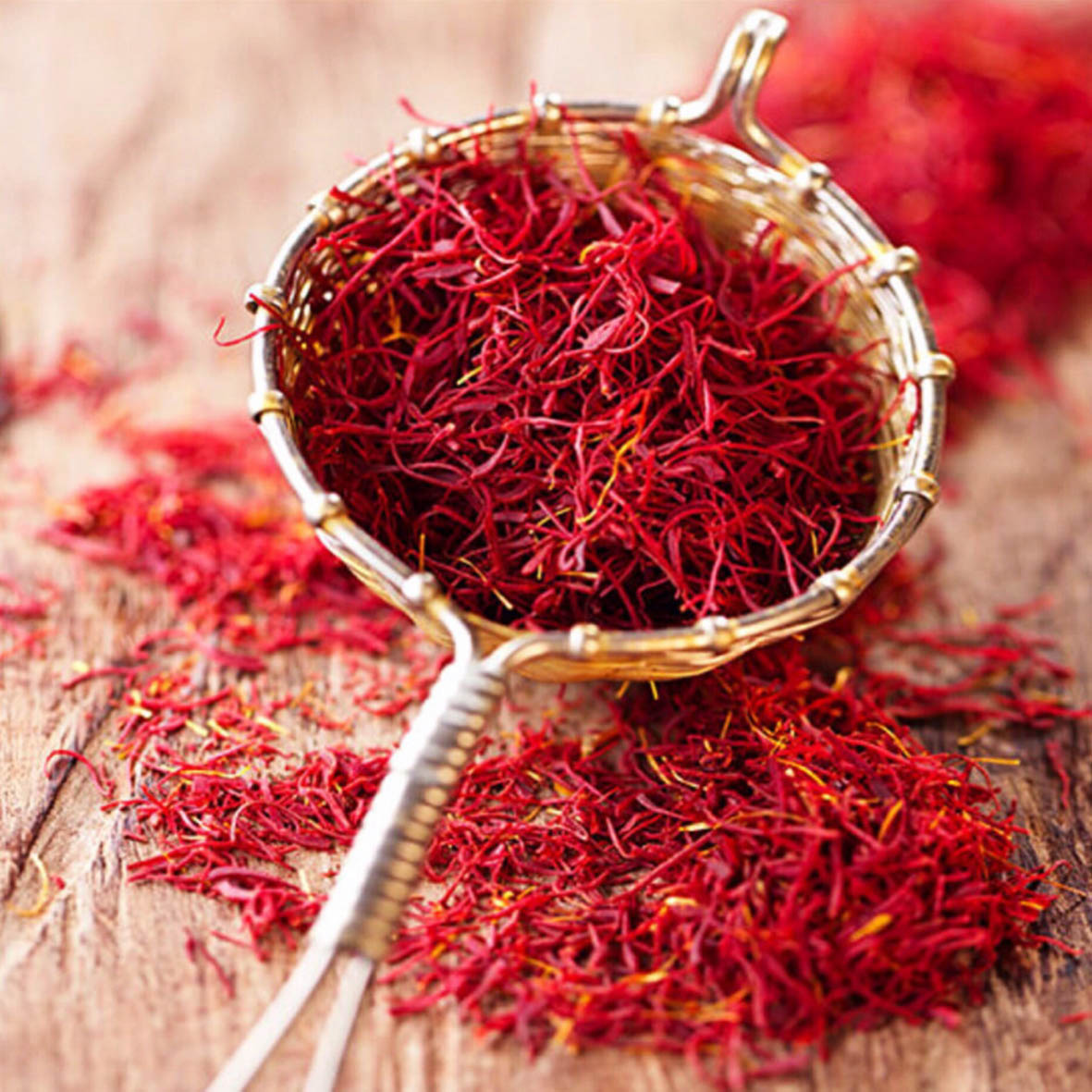
souvenirs
Souvenirs
- Persian Carpet
- Aromatic Spices
- Qalamkar

